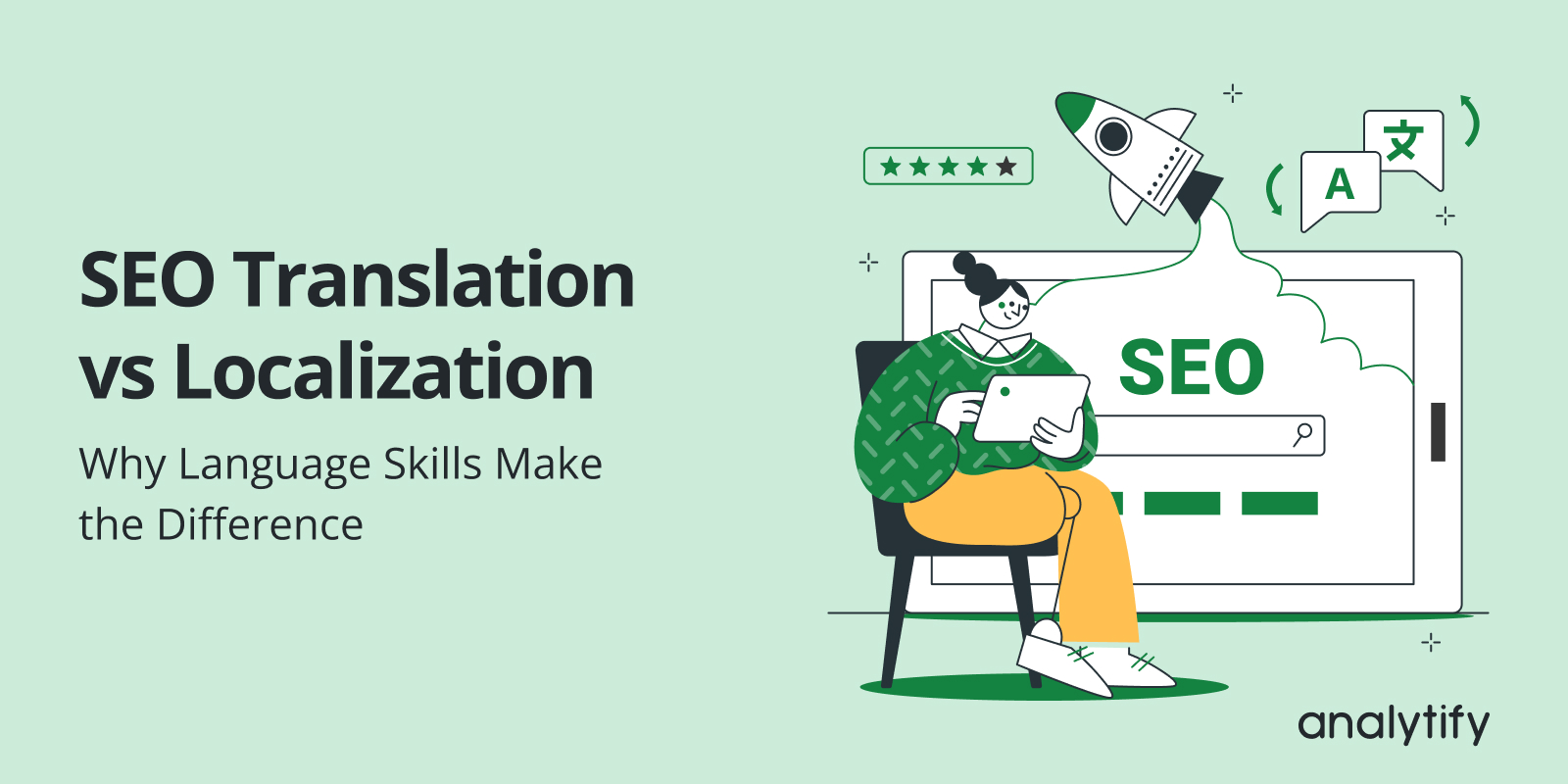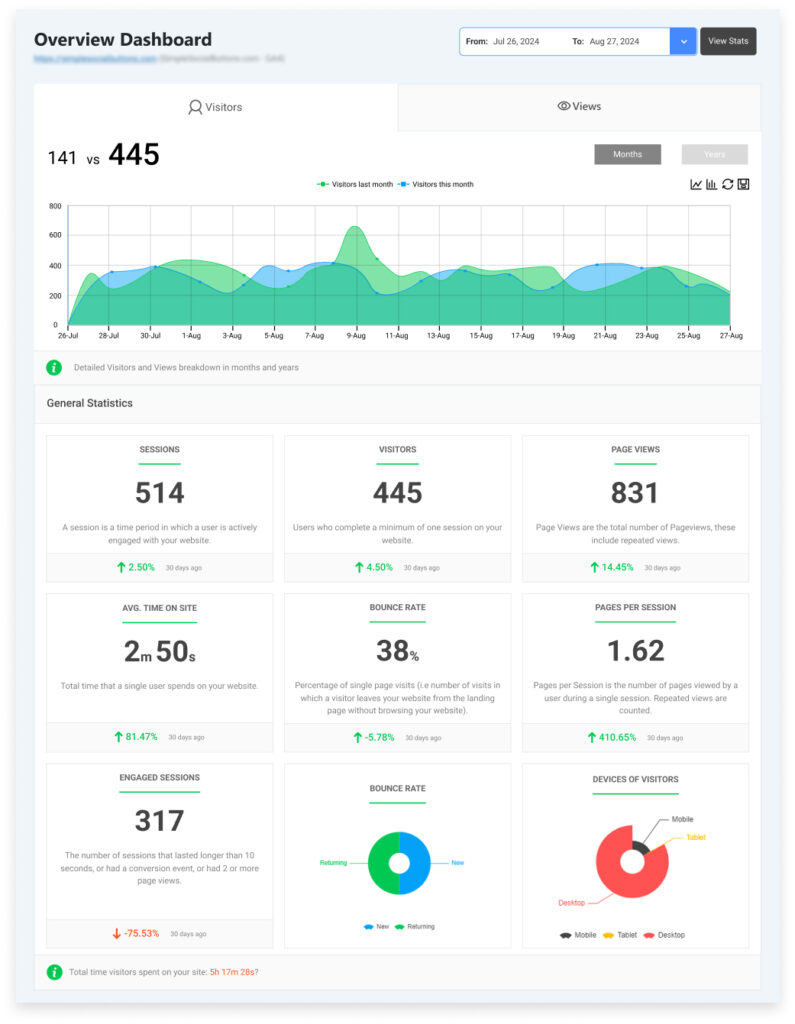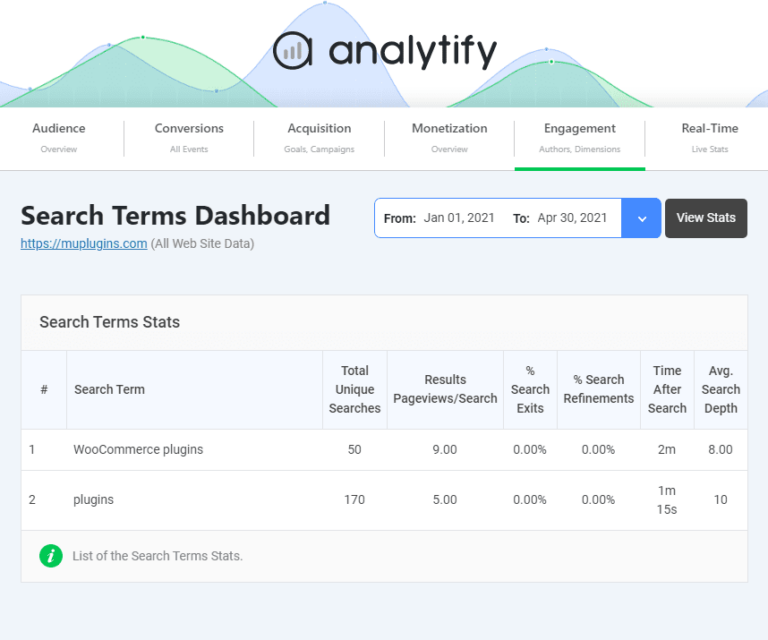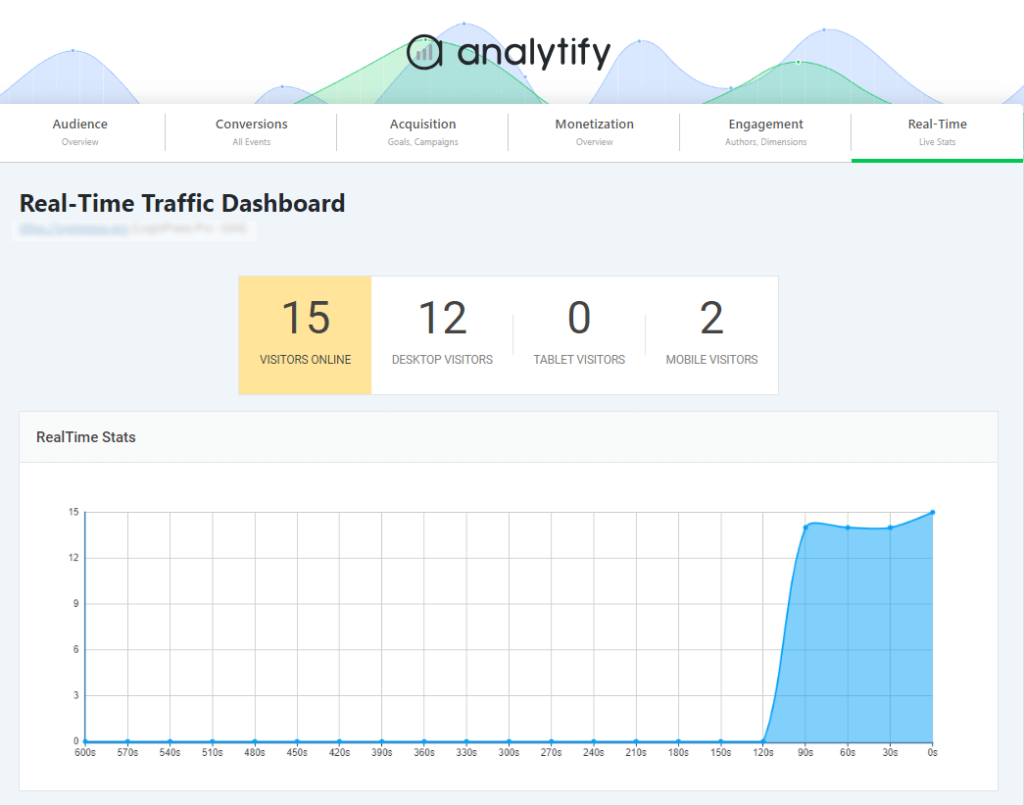
SEO Translation vs. Localization: Why Language Skills Make the Difference
Are you wondering how SEO translation vs localization impacts your global marketing efforts?
In today’s interconnected world, businesses are reaching customers from all corners of the globe. To succeed, it’s essential to communicate effectively in different languages and cultural contexts. But what exactly is the difference between SEO translation and localization?
While these terms are often used interchangeably, they have distinct roles in helping businesses rank higher on search engines and connect with their target audience.
In this article, we’ll explore both concepts and explain how SEO translation vs localization can improve your global reach and boost your search rankings.
SEO Translation vs Localization (TOC):
What is the Role of Language Skills in SEO Translation and Localization
In the constantly changing online world, SEO strategies rely a lot on how valid and culturally appropriate the language is. Language skills are very important for both SEO translation and localization because they directly affect how the content is received by people in different places.
Here, we will look at the key language skills needed for SEO translation and localization.
I. Native Language Proficiency is Paramount
Being fluent in the target language is the foundation of good SEO translation and localization. Translators and localizers who are native speakers understand the small details of a language, like slang, idioms, and regional accents. Using an English learning app can help non-native professionals get closer to this level of fluency by practicing real-world language and cultural nuances. This kind of focused practice helps them understand the tone and style better, making it easier to adjust content in an authentic way.
Native speakers can also change marketing messages to match local customs, preferences, and expectations, making the content more relatable and appealing to the target audience. Non-native speakers might miss some important language details, leading to awkward or unclear phrasing. Such mistakes can harm a brand’s credibility and its visibility online. So, using native language skills is not just a helpful advantage, but the key to creating good SEO content that connects with local audiences.
II. Cultural Differences Matter
Language is closely linked to culture, and understanding culture is important for successful SEO translation and localization. Different cultures have different values, beliefs, and ways of communicating, all of which affect how a message is understood. Even humor, colors, and symbols can have different meanings in various cultures.
Localization is more than just translating words; it’s about understanding these cultural differences. When content is localized well, it can create the right emotional connections and make the audience feel understood. If cultural differences are ignored, the content might seem irrelevant, out of place, or even offensive. To avoid this, SEO translators and localizers need to have cultural awareness, as well as strong language skills, to create content that truly connects with a global audience.
III. Balancing Localization and Translation
To make SEO efforts work well, there needs to be a balance between translation and localization. Translation is about changing text from one language to another, while localization involves adapting the content to fit the culture and context of a specific place. This balance can only be achieved if translators know both languages well and understand the goals of the content.
For technical documents or legal agreements, exact word-for-word translation might be needed. However, for marketing materials, blogs, or social media, the translation needs to be more localized to make sure the message is accurate and appealing to the target audience. Finding this balance is not easy because it requires a deep understanding of the audience’s interests, behavior, and cultural background. Experienced professionals need to balance language accuracy with cultural relevance to optimize the content for SEO.
As businesses try to reach global audiences, investing in good language skills will lead to higher engagement, brand loyalty, and improved search engine rankings.
What is SEO Translation and Why Is It Important?
SEO translation is the process of translating content linguistically as well as culturally adapting it to search engine optimization practices. SEO translation goes beyond translation; it also renders the translated content keyword, phrase, and search behavior optimized for the intended audience. SEO translation is very crucial for those businesses that have an interest in targeting international markets to make their presence felt on search engines as well as to drive organic traffic to websites.
The importance of SEO translation is that it enables one to communicate with their audience in their language while making content search engine-friendly. When done right, SEO translation can greatly enhance a company’s online presence, increase engagement, and lead to higher conversion rates.
Best SEO Translation Techniques
In SEO translation, several techniques can be employed to realize maximum efficacy:
1. Keyword Research: Conducting thorough keyword research in the target language is essential. This involves identifying relevant search terms that prospective clients use to look for comparable products or services to what the business offers. Translators not only translate keywords but also localize them to fit local search patterns.
2. On-Page Optimization: It entails optimization of title tags, meta descriptions, headers, and URL structures in the translated content. These should not only be translated but also optimized for search engines in the target language to promote search visibility.
3. Content Adaptation: SEO translation must also involve content adaptation to cater to the cultural tastes and expectations of the target audience. This may involve converting idioms, using local terminology, or even altering examples to be more relevant to local readers.
4. Technical SEO Considerations: Understanding the technical aspects of SEO, such as website architecture, page speed, and mobile responsiveness, is essential. Translators need to collaborate with web developers so that the translated content can be readily integrated into the existing website framework.
5. Link Building: Generating quality backlinks in the target language is another important technique. This may involve reaching out to local bloggers, influencers, and industry websites and asking them to link to the translated content, so that it becomes more authoritative and noticeable.
Common Mistakes to Avoid in SEO Translation
Despite its importance, SEO translation is often prone to mistakes that can undermine its effectiveness. Some common mistakes are:
1. Word-for-Word Translation: Focusing on literal translation alone and not considering context, culture, or local search behavior may result in content that is read clumsily or is simply not pertinent to the target audience.
2. Forgetting Keyword Optimization: Failure to perform keyword research in the target language or use keywords that are not commonly used may equate to losing visibility opportunities.
3. Overlooking Cultural Sensitivities: Overlooking cultural sensitivities will lead to content that is offensive or isolates the local market. It’s essential to localize the message in a way that appeals to local customs and values.
4. Inadequate Testing and Analysis: After the translation process, certain firms do not monitor key performance indicators, e.g., search rankings and traffic levels. Continuous analysis is required to refine and optimize translated content over time.
5. Not Collaborating with SEO Professionals: Translators may not be comprehensive in their expertise in SEO methods. Collaboration with SEO professionals can complement this shortfall, so that both linguistic and optimization aspects are duly addressed.
But what about localization? And why is it required?
What is Localization and Why is it Important?
Localization is more than a simple translation of words; it is the process of adapting content to meet the cultural, linguistic, and practical needs of a specific target market. This involves not only translating text but also converting graphics, currencies, measurements, and even date formats to suit local tastes and customs.
As the market has continued to globalize, effective localization has become essential for businesses looking to connect with diverse consumer bases.
Localization is the entire process of translating a product or content into a particular locale or region. This may involve everything from the language used to the cultural context in which the content is placed. The goal of localization is to create an invisible experience for users and make the content appear native and familiar, regardless of the geographical location of the audience. This may include altering idioms, adapting humor, or even reworking entire portions of content to better conform to local norms and expectations.
The advantages of proper localization are many. First and foremost is the fact that it enhances user experience by making content more relatable and accessible. Users, when they access content that speaks directly to their cultural and linguistic context, are more likely to engage with it, thereby leading to increased conversion rates and customer loyalty.
Challenges in the Localization Process
As much as it has numerous advantages, the process of localization is also not without its challenges. Among the main challenges is the requirement for an in-depth knowledge of the target culture, which might involve a lot of research and consultation with native speakers. Mistakes in localization can cause miscommunication or even offense, which can seriously hurt a brand’s reputation.
By investing the time and effort necessary to adequately localize content, businesses can establish meaningful connections with audiences worldwide, which will lead to higher engagement and profitability in the international marketplace.
How Analytify Can Enhance Your SEO Translation and Localization Efforts
Join 50,000+ beginners & professionals who use Analytify to simplify their Google Analytics!
When businesses expand into international markets, SEO, translation and localization play a crucial role in increasing global visibility. But how do you measure the success of these efforts? This is where Analytify comes in.
Analytify is an all-in-one Google Analytics integration plugin that simplifies performance tracking for businesses. It’s an excellent resource for businesses that want to ensure their SEO efforts are working effectively.
Here’s how Analytify can help:
1. Track Multilingual Performance
With Analytify, businesses can easily monitor how pages are performing in different languages. You can track metrics like traffic sources, user engagement, and conversion rates for each localized version of your website. This allows you to see whether your SEO translation strategy is resonating with local audiences and which areas may need further improvement.
Read how to set up a multilingual ecommerce site.
2. Analyze Keyword Effectiveness
SEO translation isn’t just about translating content; it’s about making sure that the keywords and phrases in the translated content are optimized for local search behavior. Analytify provides detailed reports on keyword rankings and helps you analyze how the localized keywords are performing. By identifying the top-performing keywords, you can tweak your content to better align with local search intent.
3. Improve User Engagement
Effective localization involves crafting content that speaks directly to the local audience’s preferences. With Analytify, you can track user behavior across different regions, understanding which types of content resonate best. By observing bounce rates, time spent on page, and other engagement metrics, you can make adjustments to your content to better engage users.
4. Monitor Regional Traffic
SEO translation and localization should drive organic traffic to your site. Analytify allows you to see the geographic location of your visitors, helping you evaluate how well your translated and localized content is attracting traffic from specific regions. This data is essential for refining SEO strategies and maximizing your reach in international markets.
5. Real-Time Analytics
One of the key benefits of using Analytify is the ability to get real-time analytics. As soon as you launch your localized content, you can start tracking its performance right away. With access to real-time data, you can quickly identify what’s working and what’s not, allowing you to make adjustments on the fly for better SEO results.
Frequently Asked Questions: SEO Translation vs Localization
1. What is the difference between SEO translation and localization?
SEO translation refers to the process of translating content from one language to another while maintaining the search engine optimization (SEO) elements such as keywords and meta tags. On the other hand, localization goes beyond translation and adapts the content to fit the cultural, regional, and behavioral preferences of the target audience. Localization ensures that the content feels native to the audience, not just linguistically, but also culturally.
2. Why is SEO translation important for global businesses?
SEO translation is crucial for global businesses because it helps them reach international markets while ensuring that their content is discoverable on search engines in different languages. Proper SEO translation ensures that keywords and phrases are not only translated accurately but also optimized for local search behavior, which can significantly improve organic traffic and conversions.
3. How can Analytify help with SEO translation and localization?
Analytify simplifies performance tracking by integrating Google Analytics into your website, allowing you to monitor how your localized content is performing in different regions. It helps you track important metrics such as traffic sources, user engagement, keyword rankings, and conversions, making it easier to assess the effectiveness of your SEO translation and localization efforts in real-time.
4. What are some common mistakes in SEO translation?
Some common mistakes in SEO translation include:
Word-for-word translation: Focusing too much on literal translation without considering context and local search behavior.
Neglecting keyword optimization: Not conducting proper keyword research in the target language can lead to lost search visibility.
Ignoring cultural sensitivities: Overlooking cultural differences can result in content that feels off-putting or offensive.
Lack of continuous testing: Failing to monitor key performance indicators (KPIs) and adjust strategies accordingly.
5. How does localization affect SEO performance?
Localization plays a significant role in SEO performance because it ensures that content resonates with the local audience. It takes into account cultural nuances, local terminology, and user behavior, which can positively impact engagement, traffic, and conversions. Well-localized content increases the chances of users staying on your site longer, reducing bounce rates and improving SEO rankings.
6. How often should I review my SEO translation and localization efforts?
You should regularly review your SEO translation and localization efforts, especially after making updates to your content or expanding into new markets. Using tools like Analytify, you can continuously monitor key metrics like search rankings, traffic, and engagement, which will help you adjust your strategy for better results. It’s important to track performance over time to ensure that your content remains relevant and optimized for your target audience.
Conclusion: SEO Translation vs Localization
As businesses expand globally, SEO translation and localization will become even more important in reaching diverse audiences. By blending linguistic skills, cultural insight, and technical knowledge, you will be able to improve your search engine visibility and foster deeper connections with customers. In an increasingly connected world, speaking the language of your audience, both in terms of words and cultural understanding, will be the foundation for successful global marketing strategies. The future is about communicating in ways that resonate and engage, ensuring businesses can thrive in any market.
We hope this guide has helped you understand how SEO translation and localization can help you achieve greater success.
You may also like to read:
- 15+ Best Practices for WordPress SEO to Improve Search
- How To Master AI Search Engine Optimization (2025)
- Future Of SEO: 5 Key SEO Trends For 2025
Are you ready to take your SEO translation and localization efforts to the next level and connect with global audiences in the most impactful way?







